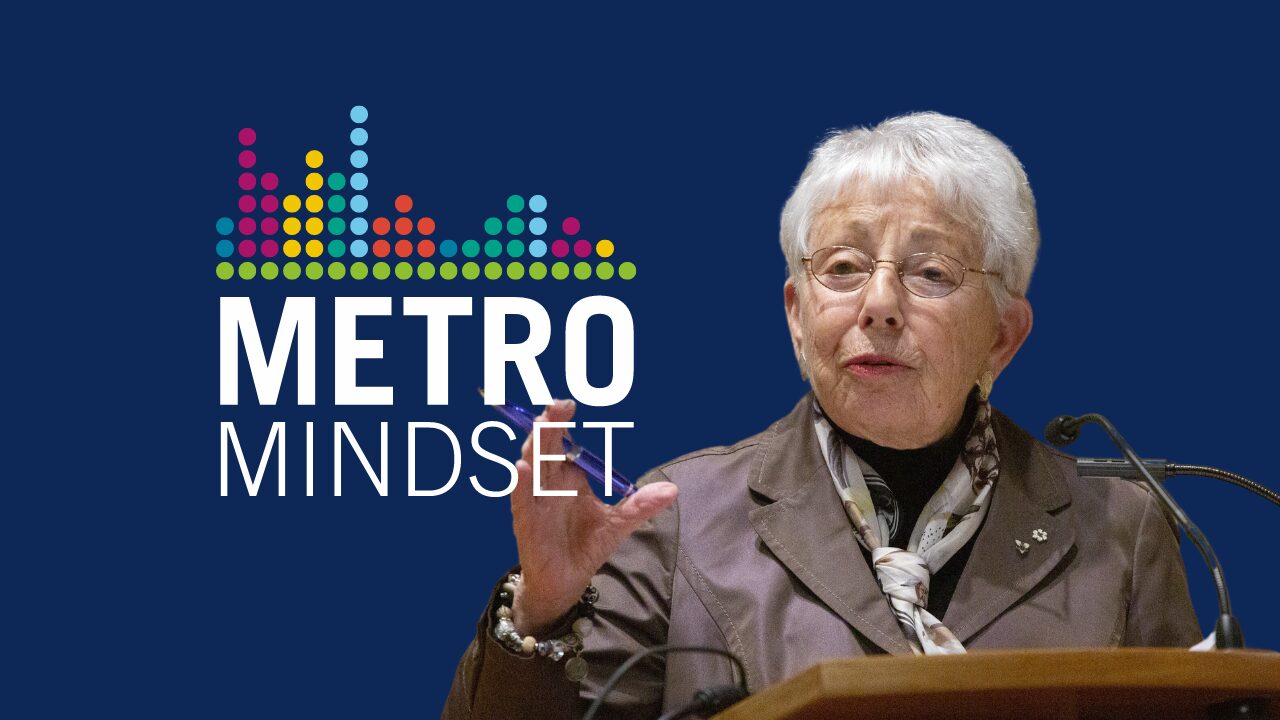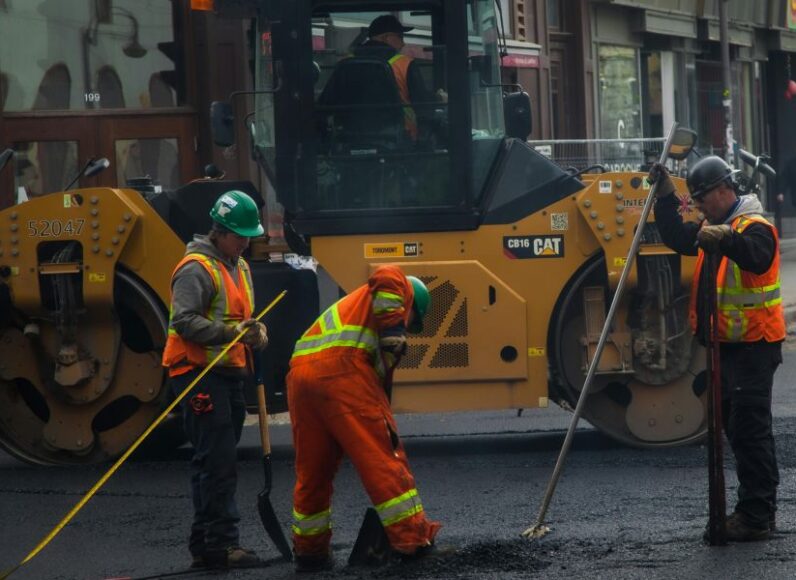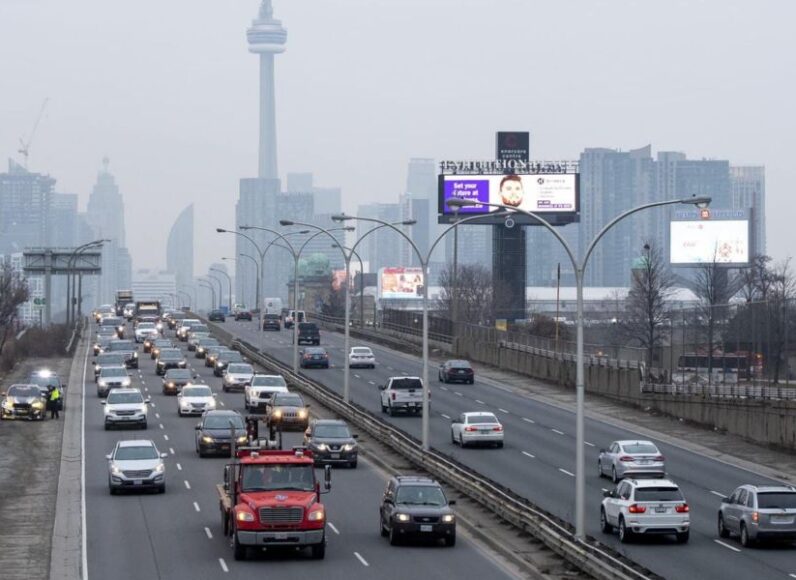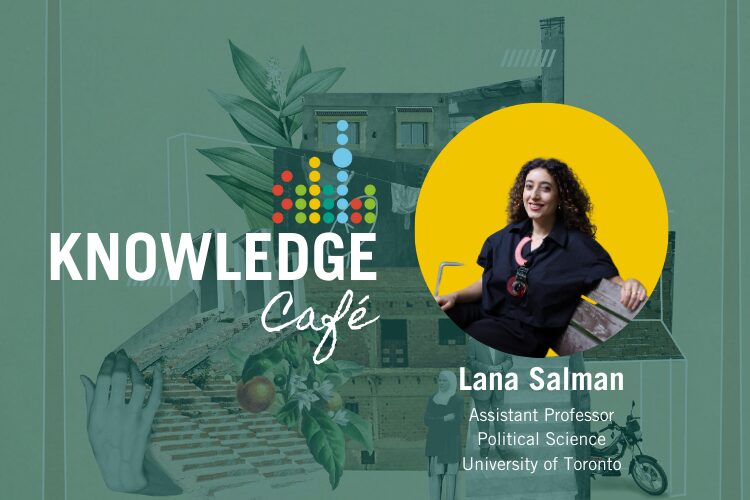The School of Cities’ Metropolitan Mindset initiative, led by Don Iveson, Canadian Urban Leader, and Prof. Gabriel Eidelman, aims to improve urban governance across Canada through research, education, partnerships, and advocacy.
In November 2023, the School released Toward the Metropolitan Mindset: A Playbook for Stronger Cities in Canada as a starting point for greater dialogue between governments, industry, civil society, and the public about the future of metropolitan governance in Canada.
In the spirit of mutual learning, debate, and appreciation of Canada’s distinct institutional traditions and metropolitan histories, the School has invited academic experts and policy leaders from across the country to respond to Iveson and Eidelman’s report and answer the question: “What are the prospects for cultivating a metropolitan mindset in the city-region(s) you know best?”
The following submission focuses on the Greater Toronto region, authored by Dr. Anne Golden, former President and CEO of The Conference Board of Canada, and President of the United Way of Greater Toronto, and Chair of the Greater Toronto Area Task Force.
Dr. Golden’s commentary is based on her remarks at a launch event hosted by the School of Cities on November 20, 2023, which have been lightly edited for online publication.
To read all the response papers, visit the Metropolitan Mindset website at metromindset.ca. To contribute your own response, please contact communication.sofc@utoronto.ca.
Introduction
My interest in this topic goes back decades, to when, as research director of the now defunct Bureau of Municipal Research in the 1970’s, I wrote a paper evaluating the Ontario Government’s regional development program for the “Toronto-Centred Region.”
Very briefly, in the 1960’s, the Ontario Government was concerned about three trends:
- the growing concentration of the province’s population in the large urban centres of central and south-western Ontario (at the expense of the north and east and of rural places);
- the trend toward unstructured sprawl (continuous low density urban development and leapfrogging random development); and
- the unwise and careless use of our physical environment (disappearing farmland, open-pit mining, water pollution, pressure on recreational resources like the Niagara Escarpment).
Sound familiar?
To address this prospect of ongoing sprawl throughout “the Golden Horseshoe”, Premier John Robarts launched, in 1966, Design for Development, comprising three separate but inter-related regional programs of research/analysis on development, governance, and fiscal reform. Some of our best and brightest planners devoted themselves for ten years to defining a new vision for the Toronto-Centred Region, a future consistent with the metropolitan strategy which is at the heart of this paper.
Three decades later, in 1996, when Premier Bob Rae created the Greater Toronto Area Task Force, we were worried about the health and workability of the city-region. Our mandate was very broad: to solve everything – from our broken property tax system, to the destructive economic competitiveness among the cities in our region, to the lack of integrated land use and transportation planning, to our fragmented, uncoordinated governance which made it impossible to deal with our many problems and issues.
Our region was at a turning point. My Task Force concluded that we could either slip into decline, losing competitive advantage in a world where city-regions were the essential drivers of a nation’s economy, or re-invent ourselves as a thriving, cohesive city-region, with all the attendant human and social benefits.
Iveson and Eidelman have provided a succinct summary of efforts over five decades to establish effective governance models and institutions in Canada to address the metropolitan dilemma. And yet, as they say, “the metropolitan dilemma persists.” How can we better govern city-regions which comprise multiple cities?
Let me say at the outset that I totally agree with the premise of this paper, that we need to strengthen municipal policy and operational capacity at the city-region level. Our cities are indeed in big trouble.
Today, as Iveson and Eidelman confirm, the urgency of solving the metropolitan governance dilemma is greater than ever. Several of the challenges driving the need for reform 25 years ago – being able to deliver essential services more efficiently, reduce sprawl and environmental damage by better land use and transportation planning, and having a partnership approach to economic development in our region – are consistent.
But add to these the current front-burner issues: growing social inequities, the affordable housing crisis, intensified by mega immigration growth, massive infrastructure disinvestment, climate change, and the onset of the new world of AI. The case for reform of governance at the metropolitan level is more compelling than ever!
Solutions
Now, let’s turn to the crux of the paper: the solutions.
1. There is no single model of metropolitan governance
The paper includes a useful, brief summary of the various models that have been tried in Canada’s cities, as well as internationally, all to show that there is no template that we can simply adopt or adapt. The Unicity model which consolidates the region into a single city can work in Halifax or Winnipeg, but not in a much larger city-region like the GTA; a multi-purpose regional authority can work in Vancouver and Montreal, while single purpose authorities with a mandate for a single service, notably regional transit, are working in Vancouver (Translink), Montreal (The Société de Transport de Montreal), and Greater Toronto (Metrolinx). In Ontario, the Province is the de facto regional government, controlling land use and transportation decisions (a point I will return to). And finally, municipalities can choose to rely on intermunicipal agreements to coordinate as needed.
I really got to understand this point when I did a study of the governance of regional transit systems in three large metropolitan areas – WMATA in Washington, DC, the MTA in New York, and Metrolinx in the GTA – while at the Wilson Center. After reviewing the history, structure, and challenges of each system, it was crystal clear that each region has unique circumstances; the models are not transferable even for a single service. What matters more than the actual governance structure is a shared vision and values.
2. Cultivating a metropolitan mindset matters
I originally wanted to be a history professor, before I got swept off-course by municipal politics in the late 1960s to fight the Spadina Expressway and help David Crombie get elected as mayor. If asked to summarize in one sentence what I learned from 10 years of studying history, I would answer: Change occurs when the climate of opinion changes. And that is what Iveson and Eidelman are really saying to us: we need to change the climate of opinion or “the public mindset.”
3. The way forward
The paper concludes with suggestions on how to adopt a new mindset. Their prescription focuses on the critical importance of building trust. Build dialogue via central city mayors reaching out to their suburban counterparts. Build the coalition, engaging with influential leaders in all sectors. Build a shared vision and momentum through extensive public consultation or “blue ribbon panel.” Build administrative capacity to support the outreach and convening activities. Measure and report progress. The playbook also includes suggestions for provincial leaders.
My response
Collaboration and coordination on a voluntary basis are hard to accomplish.While serving on the board of Metrolinx for six years, I saw that at the staff level, getting the planners to engage with and consult with their local counterparts in a meaningful way was challenging. People are time-pressured, have deliverables for their own bosses, and the people change constantly.
The ability to coordinate depends on having an acknowledged mandate/power to do so. Also, for local mayors to undertake meaningful outreach with their political counterparts, as well as leaders in business, academia and the voluntary sector, it takes a lot of time and huge effort.
So you need some structure, a metropolitan governance arrangement, and process requirements/policy framework that observe basic principles of good governance – namely, coordination, efficiency, accountability,and responsiveness.
How to create and sustain a metropolitan mindset? In my view, you need several strategies.
As set out in the Playbook, you need to build trust at the municipal level, employing the tactics suggested in the paper… But that is not enough.
You also need political arrangement(s) and processes that help to institutionalize a metropolitan mindset. The regional agency needs to be big enough to coordinate integrated land use and transportation planning for the city-region and related infrastructure (e.g., water and sewage), to protect the environment (because ecosystems do not conform to city boundaries), to coordinate police and security functions across local municipal boundaries, and to implement a cooperative economic development strategy. At the same time, the local cities must be small enough to ensure that local services are delivered as efficiently and effectively as possible, and are responsive to local preferences.[1] (Problem: politically unlikely.)
If you opt for what we have now, where the Province serves as the GTA’s de facto regional government, at the very least we must democratize the Province – requiring more transparency and accountability. My concern with allowing the Province to act as regional government is that central cities lose their power to the suburban and ex-urban politicians, whose values are too often at odds with progressive, enlightened urban thinking.
You need to build a culture of engagement and collective problem solving at the community level. My current involvement with The Alliance for a Livable Ontario is instructive. ALO is succeeding in its mission – to save the Greenbelt and stop endless sprawl – because it has engaged more than 1,000 people and 200 hundred organizations, bringing stakeholders from diverse sectors together to collectively solve problems. This is reminiscent of the culture of participation that developed in Toronto in the late 1960s in response to the Spadina Expressway threat and blockbusting in downtown neighbourhoods – the heyday of citizen participation.
And you need to foster civic literacy: civics courses should have an important place in school curriculums.
Ultimately, we need change at all levels to create a metropolitan mindset. The overarching obstacle to creating a metropolitan mindset is to persuade the public that social, economic, and environmental goals are congruent, not conflicting.
A better quality of life attracts investment; sustainability and prosperity are two sides of the same coin. I have been making this argument for fifty years. But it is still not broadly accepted! Which just goes to show how hard it is to change a mindset.
[1] The most successful effort in Toronto’s history was the two-tier Metropolitan Toronto, but we outgrew it; hence our recommendation for an expanded two-tier model.









